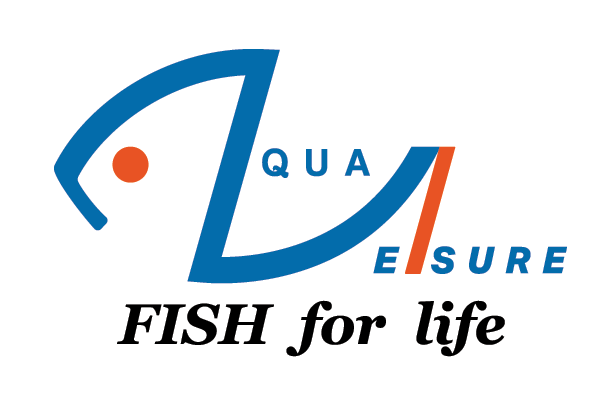GHOST TINFOIL BARB
- RM0.00
This species is currently accepted to have an enormous distribution that covers much of Southeast Asia including the countries Cambodia, Laos, Thailand, Vietnam, Singapore, Malaysia (states of Sarawak and Sabah, Borneo), Brunei Darussalam and Indonesia (Sumatra and Kalimantan, Borneo).
It is present in several major river systems including the Mekong and Chao Phraya. In Singapore it was thought to have become locally extinct although it appears that introduced feral populations now exist.
Type locality is ‘Lake Singkara, western Sumatra; Moara kompeh, Palembang, eastern Sumatra; Pangabuang, Lampong, southeastern Sumatra, Indonesia’.
Habitat
Mostly inhabits medium-sized affluent river channels that are prone to flooding during the wet season plus their surrounding floodplains, but increasingly found in man-made canals and lakes. The fish move into inundated riparian areas and forests during these wetter months to feed and spawn, returning to the rivers as the water begins to recede.
Size
300 – 355 mm.
Aquarium Tank Size
An aquarium with base dimensions of 210 ∗ 60 cm should be the minimum considered.
Maintenance
Choice of décor is not as critical as water quality and the amount of open swimming-space provided; we have seen very healthy-looking specimens being maintained in completely bare set-ups for example.
An enormous external-style filter or two are going to be needed in order to provide the desired levels of oxygen, flow and surface area for bacterial colonisation. Be sure to fit the tank with a heavy, tightly-fitting cover as it can be quite skittish at times and has a powerful leap.
Water Condition
Temperature: 20 – 28 °C
pH: 6.0 – 8.0
Hardness: 36 – 268 ppm
Diet
Omnivorous and something of an opportunist although studies suggest it is primarily a herbivore; wild Barbonymus have been observed feeding on invertebrates, algae, smaller fish, aquatic and terrestrial plants, and even carcasses of dead animals. In the aquarium it is easily-fed and will accept just about anything offered.
In the aquarium, offer regular meals of live and frozen foods along with good quality dried products and plenty of vegetable matter. Shelled peas, blanched courgette, spinach and chopped fruit all make good additions to the menu. Larger specimens will also take chopped earthworm, prawn, mussel etc., but take care not to overfeed.
Reviews
There are no reviews for this product.



